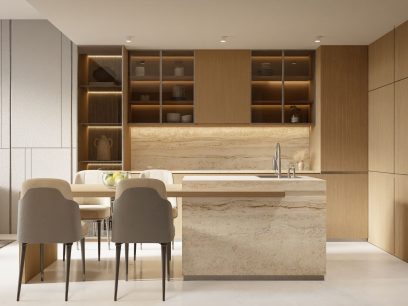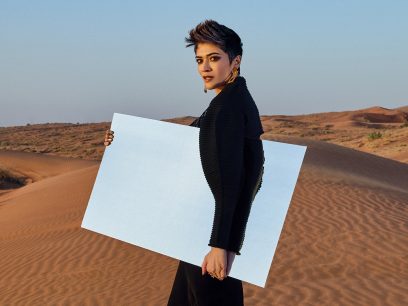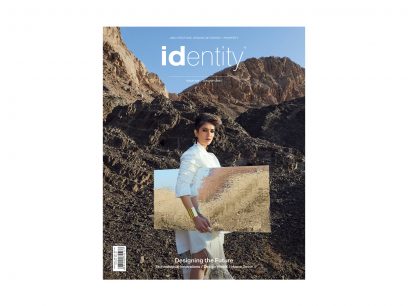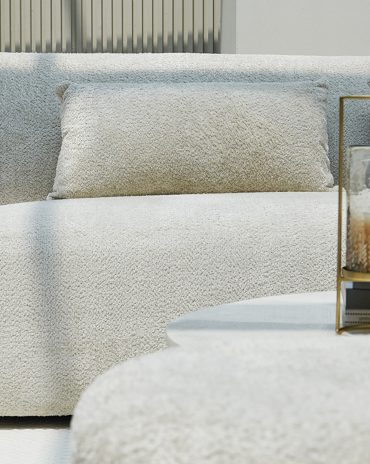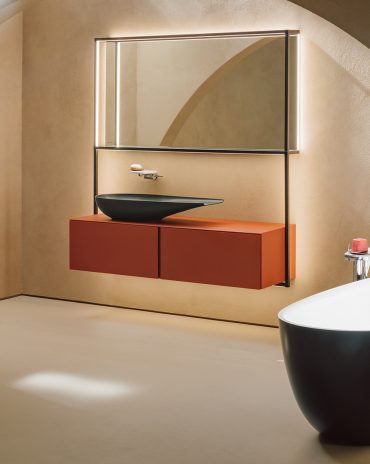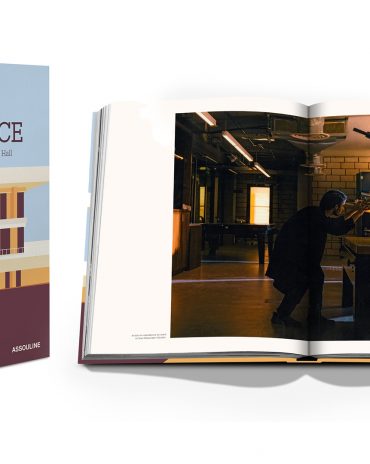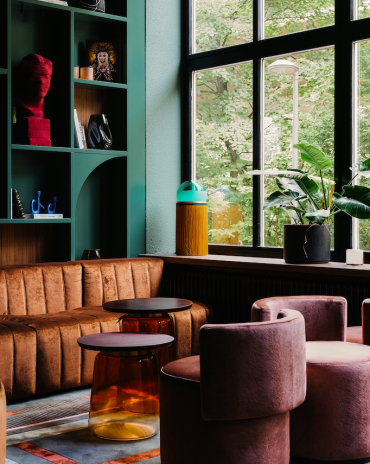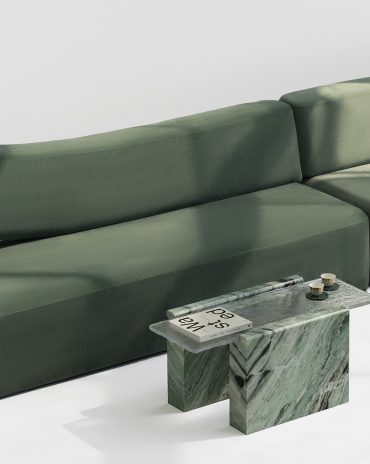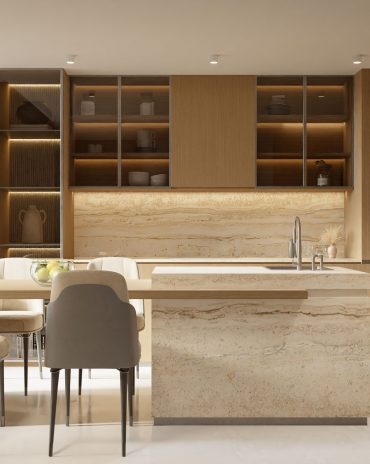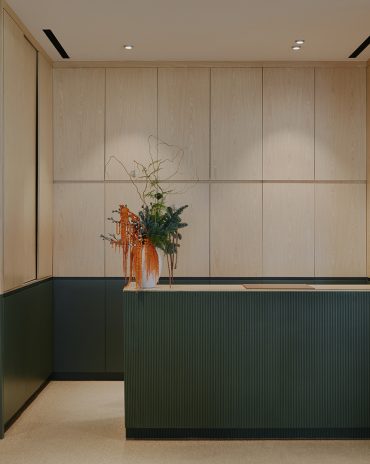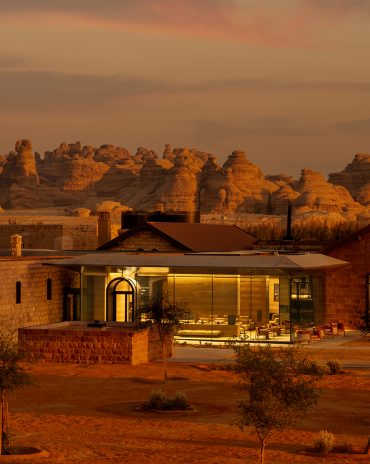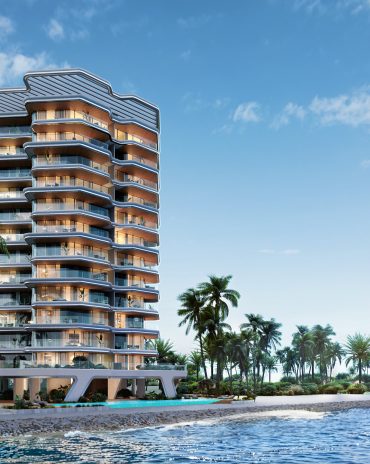Copyright © 2025 Motivate Media Group. All rights reserved.
Zaha Hadid Architects’ dune-shaped Beeah Headquarters in Sharjah marries design and technology
The building aims to create a blueprint for future smart buildings in the region and beyond
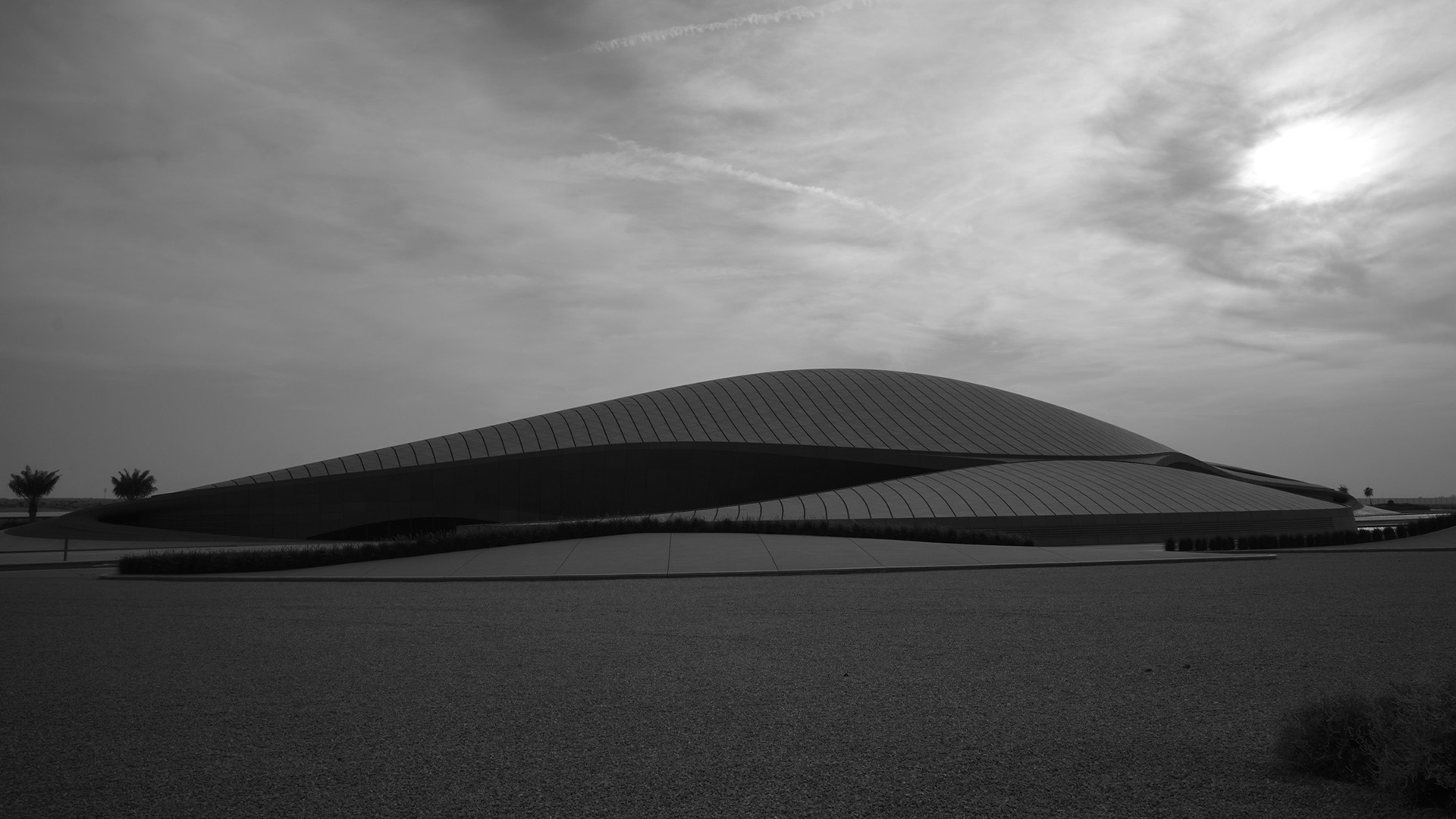
When nearing the site of the newly opened Beeah Headquarters in Sharjah, one becomes instantly overwhelmed by a peculiar form protruding from the Al Sajaa desert, at once strongly futuristic yet soft in its curvaceous forms, like a dormant mammal of sorts. In fact, the building has been designed to mimic its natural surroundings, embodying a series of interconnected ‘dunes’ that are orientated and shaped by the Shamal winds to optimise local climatic conditions.
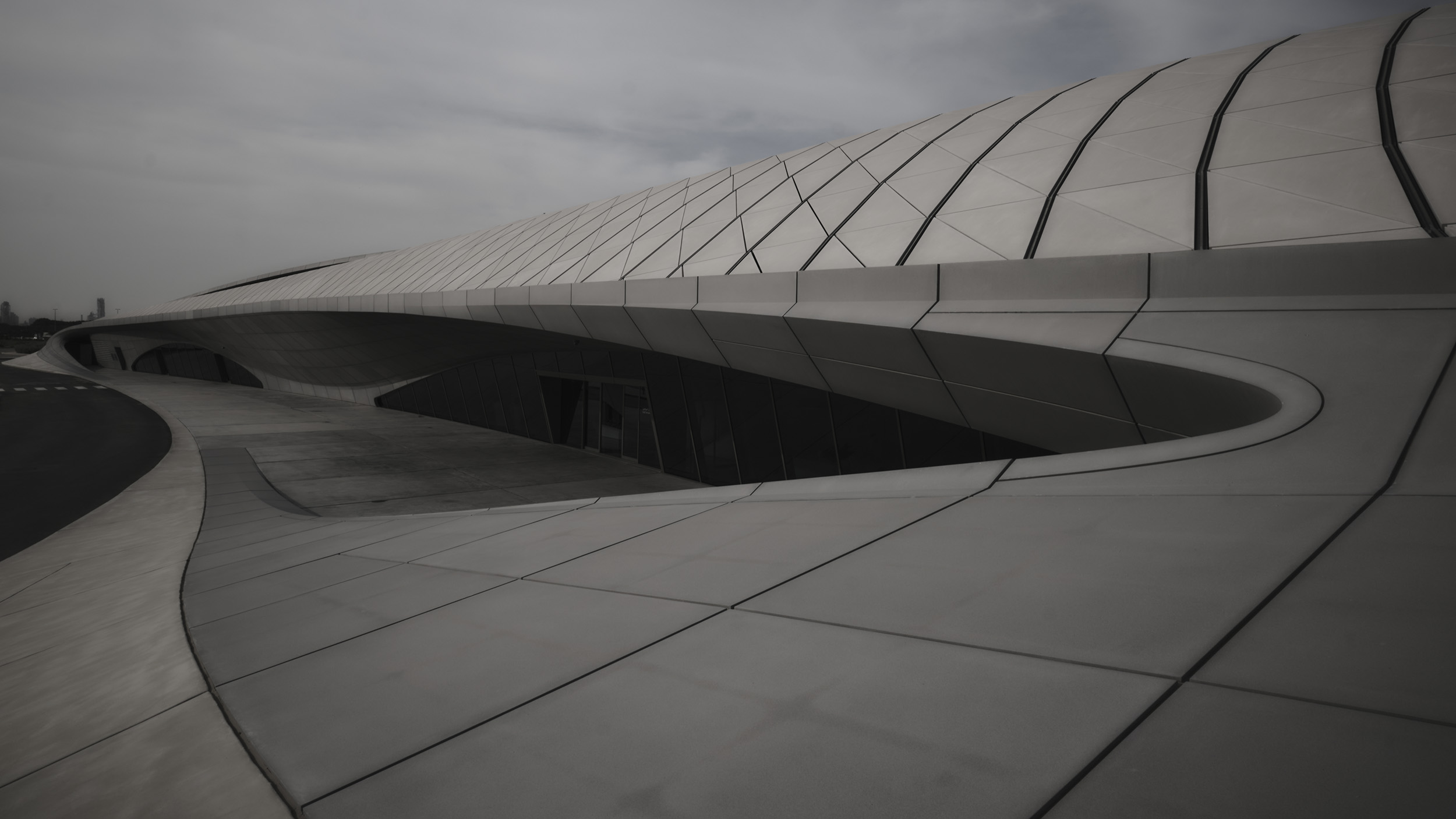
“[Our] architecture is rooted in the notion of seamless connectivity and often evolves from a building’s context and programme to assimilate with the natural patterns and networks of its surroundings,” says Sara Sheikh Akbari, project director at Zaha Hadid Architects.
Designed by the late Zaha Hadid and commissioned by the emirate’s leading waste management company, Beeah – whose two main pillars include sustainability and digitisation – the building takes on the challenge in responding to both these themes through a series of design-led and technological interventions.
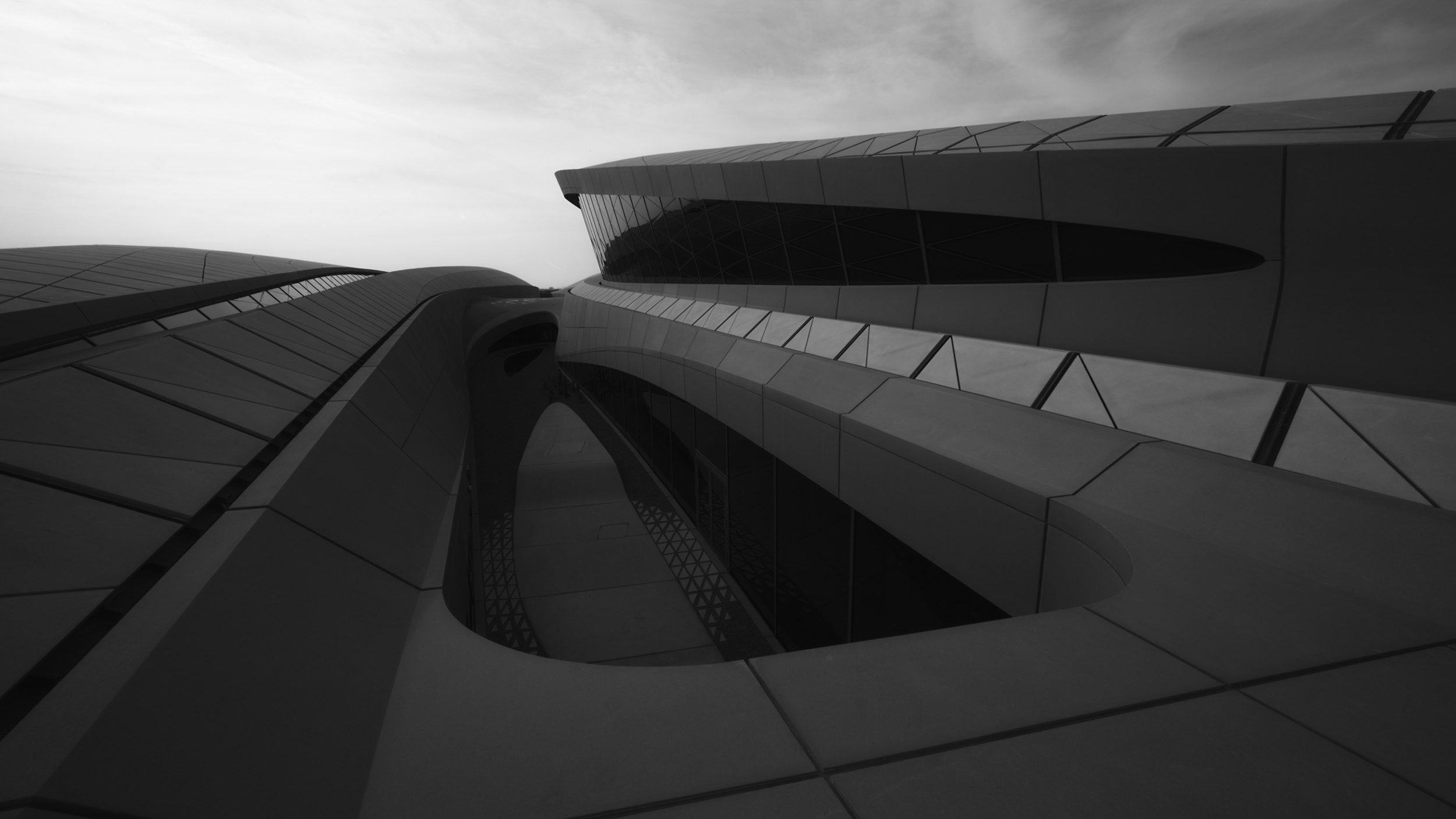
At 9000 square metres, the building serves as the management and administrative centre for Beeah Group and is powered by a solar array linked to Tesla battery packs which, according to the studio, meets the building’s energy demand throughout the day and night, operating at LEED Platinum standards and at net-zero energy.
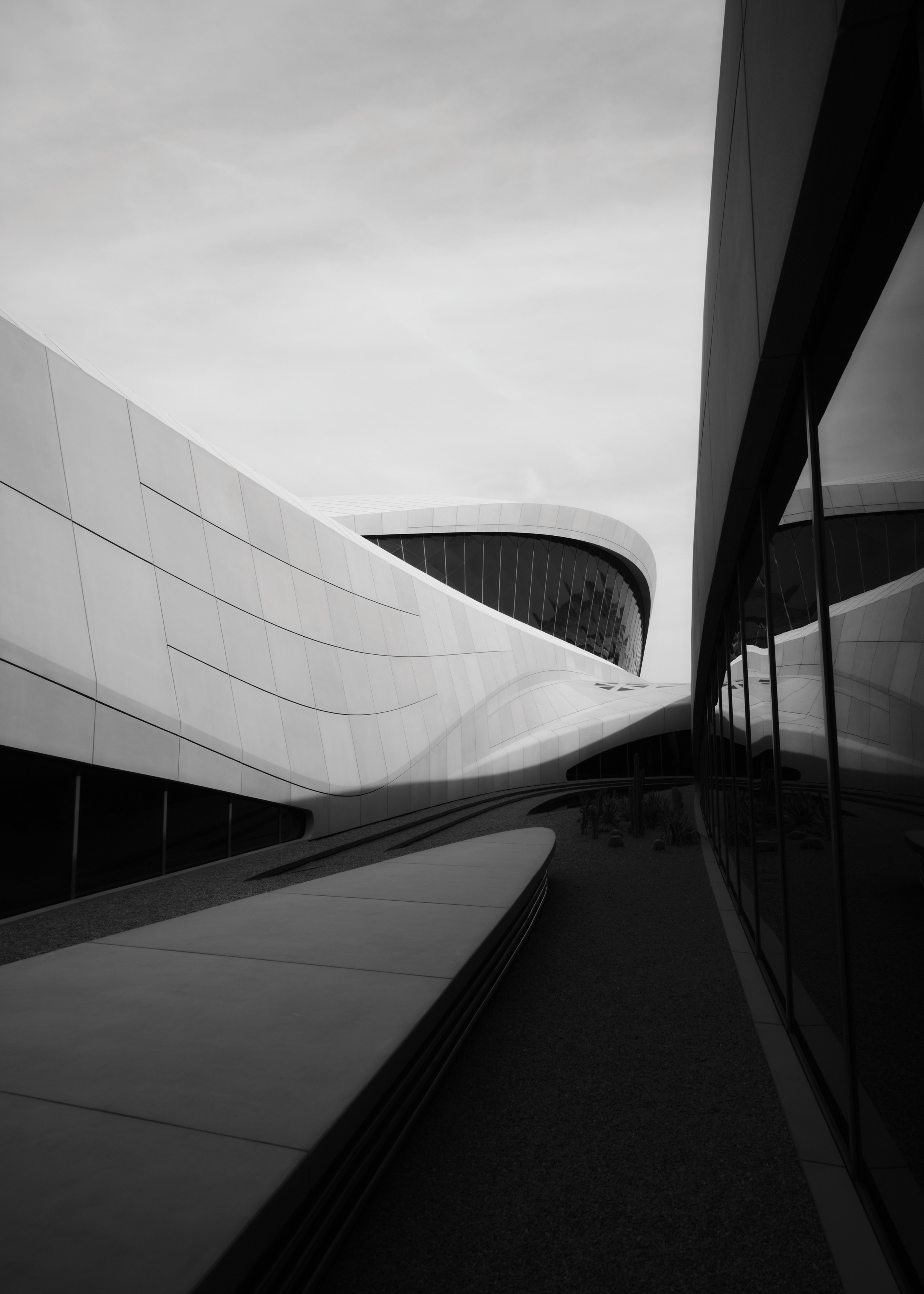
“The building’s photovoltaic system generates power to meet the building’s peak summer demand, thus producing excess electricity during off-peak months which is then fed back to the grid. The Tesla battery storage packs enable this system to power the building at night,” Akbari explains.
Glazing is minimised to prevent the harsh desert sunlight while also ensuring that the interiors are filled with ample daylight. The locally produced external glass-fibre-reinforced concrete cladding increases the building’s thermal mass while regulating internal temperatures and allowing natural ventilation for cooling.
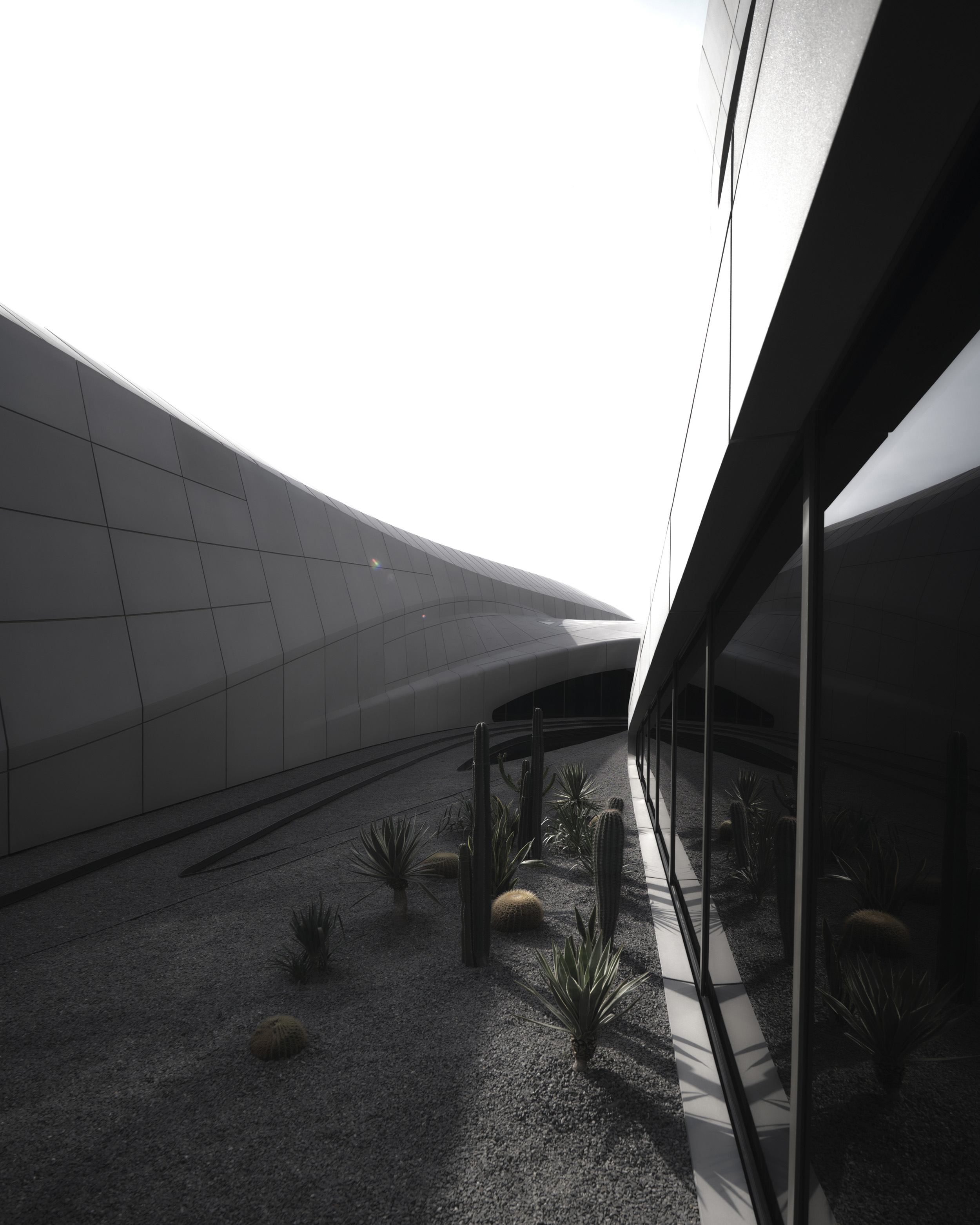
The building also utilises the twin technologies of ‘self-learning’ and ‘self-healing capabilities’ through a smart management system that predicts occupancy and uses the data to automatically adjust light and temperature to optimise the building’s energy use.
Its two primary ‘dunes’ are divided into the public and management departments and the administrative zone, connected by a central courtyard, which is designed to mimic an oasis and helps provide natural ventilation. The building also features open-plan offices, smart meeting rooms and an immersive visitors’ centre and auditorium.

Inside, visitors enter beneath a 15-metre-high fair-faced concrete dome that covers the double-height space of the lobby and contrasts with the rest of the interiors. Being one of the main architectural features of the building, it is also the main support for the steel structure of the roof.
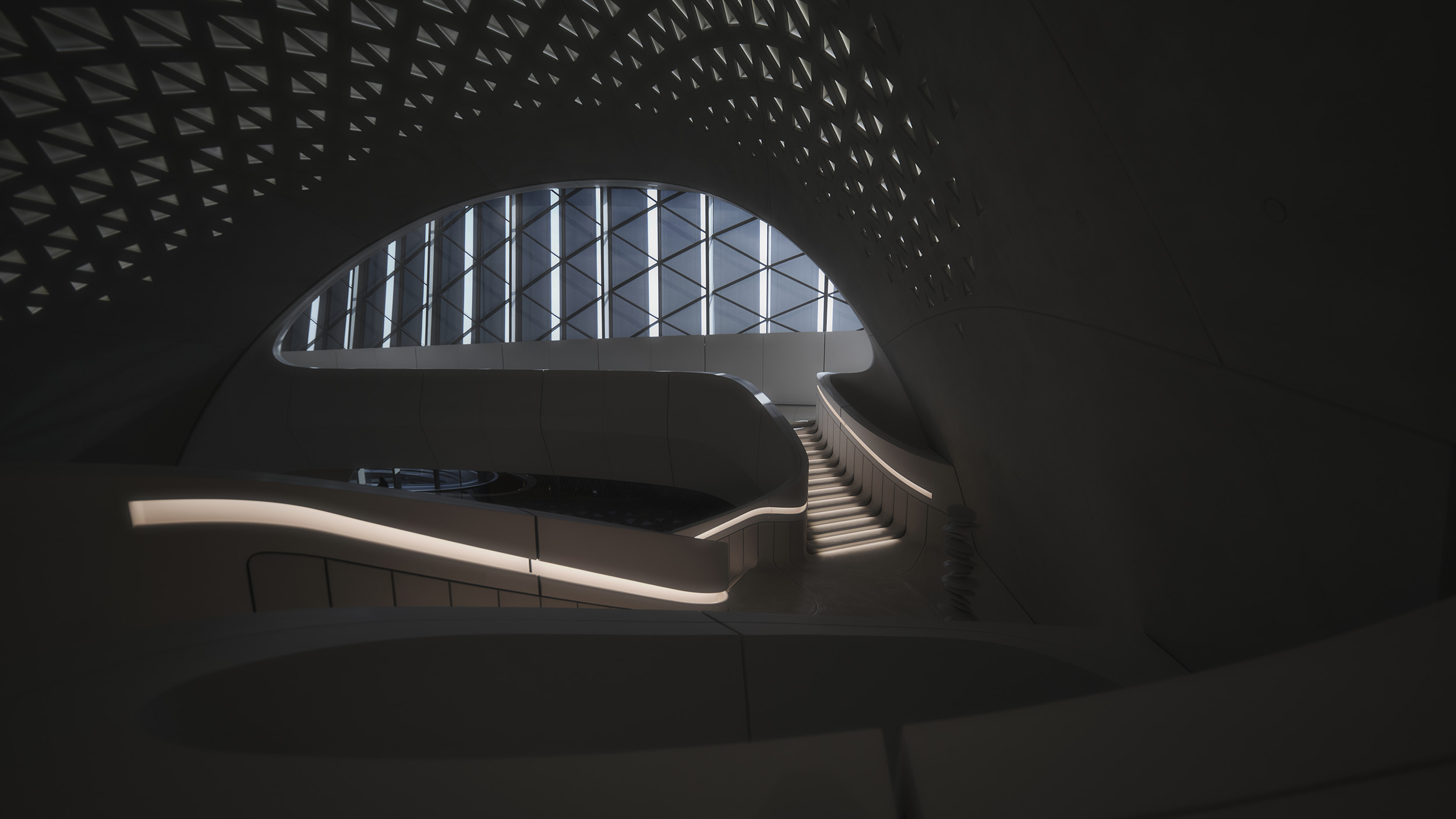
“The feature stair located at the centre of the lobby leads visitors and staff to the gallery area surrounding the concrete dome and the management spaces at level 1. GRC panels introduced at the walkable surfaces of the steps lift up and interface with the GRP handrail, which merges with the GRP walls and ceilings,” Akbari describes.

“While responding to the performance requirements, the lighting design also emphasises geometry, fluidity and directionality. “Beeah Headquarters is a climate-conscious building that constantly modulates itself, becoming smarter and more efficient and drawing on data within its living laboratory,” she continues. “The advancements in its design and construction technologies can hopefully serve as a blueprint for smart, sustainable developments in the future.”
Photography by Amir Hazim
The Latest
Textures That Transform
Aura Living’s AW24 collection showcases the elegance of contrast and harmony
Form Meets Function
Laufen prioritises design, functionality and sustainability in its latest collections
Preserving Culture, Inspiring Creativity
Discover the Legacy of a Saudi Art Space: Prince Faisal bin Fahd Arts Hall explores the Hall’s enduring influence on the cultural fabric of Saudi Arabia
Channelling the Dada Spirit
Free-spirited and creative, The Home Hotel in Zurich injects a sense of whimsy into a former paper factory
id Most Wanted- January 2025
Falaj Collection by Aljoud Lootah Design
Things to Covet in January
identity selects warm-toned furniture pieces and objets that align with Pantone’s colour of the year
Shaping the Future of Workspaces by MillerKnoll
Stacy Stewart, Regional Director Middle East & Africa of MillerKnoll discusses the future and evolution of design in workspaces with identity.
Shaping Urban Transformation
Gensler’s Design Forecast Report 2025 identifies the top global design trends that will impact the real estate and built environment this year
Unveiling Attainable Luxury
Kamdar Developments has launched 105 Residences, a new high-end development in Jumeirah Village Circle.
The Muse
Located in the heart of Jumeirah Garden City, formerly known as ‘New Satwa’, The Muse adds to the urban fabric of the area
Cultural Immersion Meets Refined Luxury
The Chedi Hegra opens its doors in AlUla’s UNESCO World Heritage Site
Redefining Coastal Luxury
Sunshine Bay on Al Marjan island combines seaside views, exceptional design, and world-class amenities to create a unique waterfront haven


